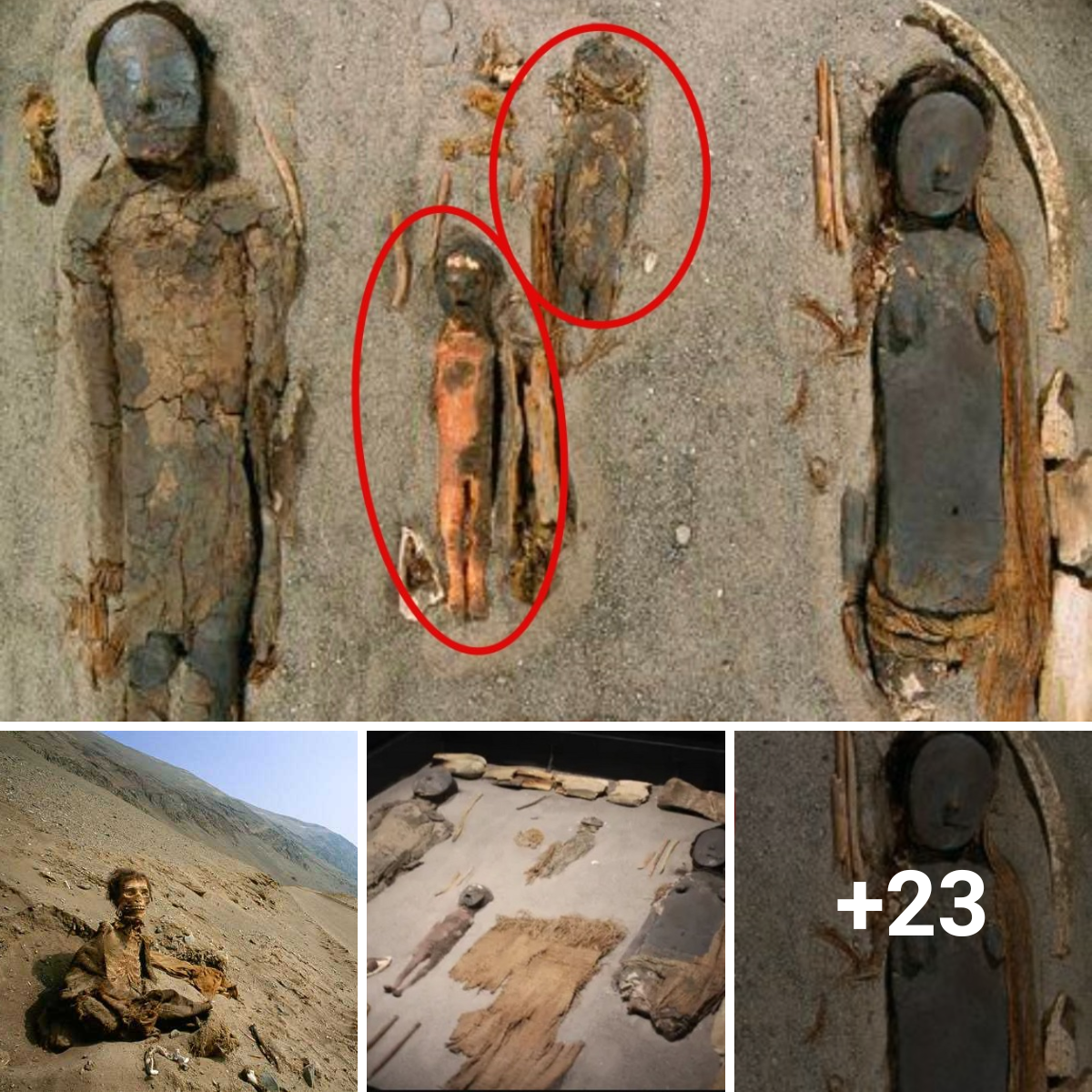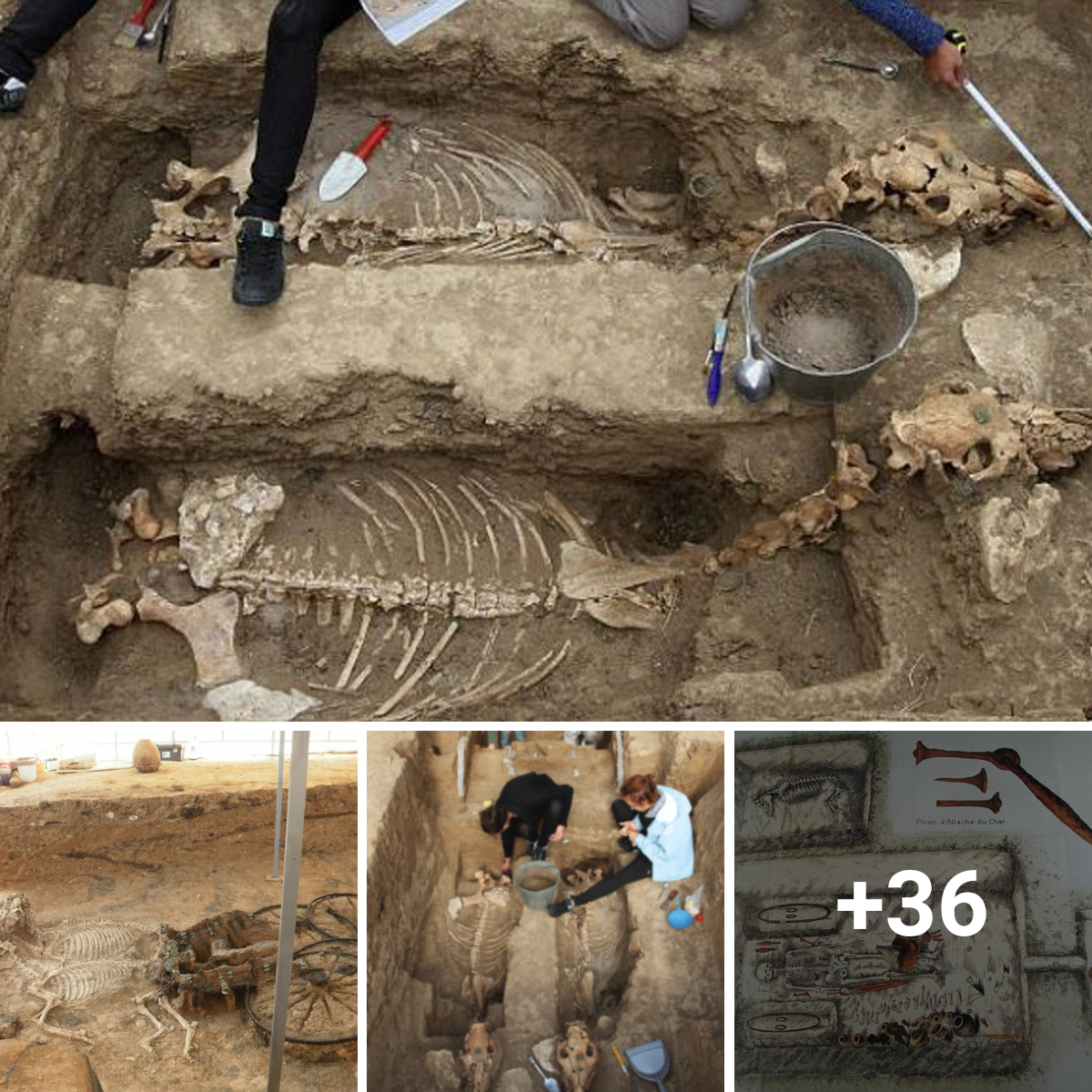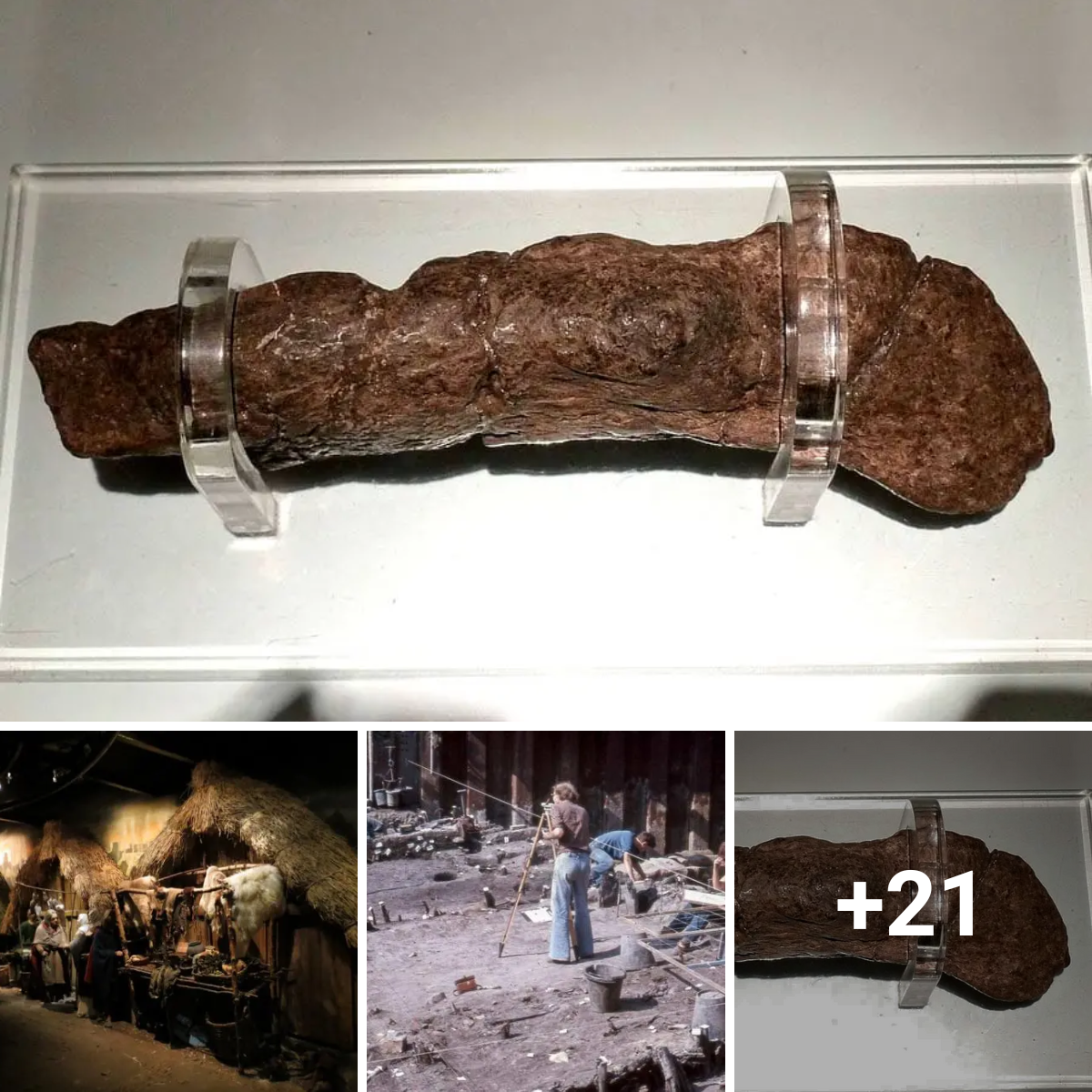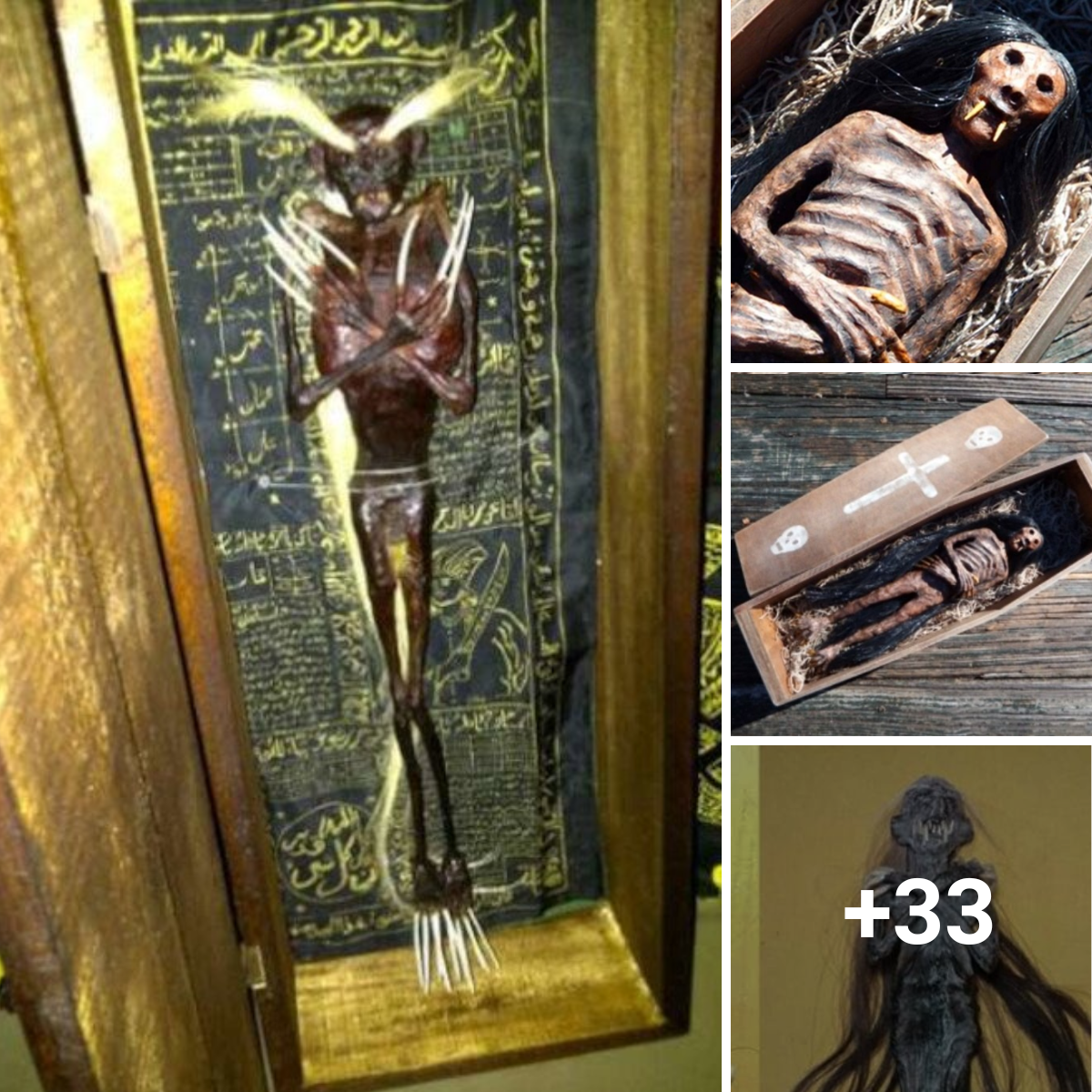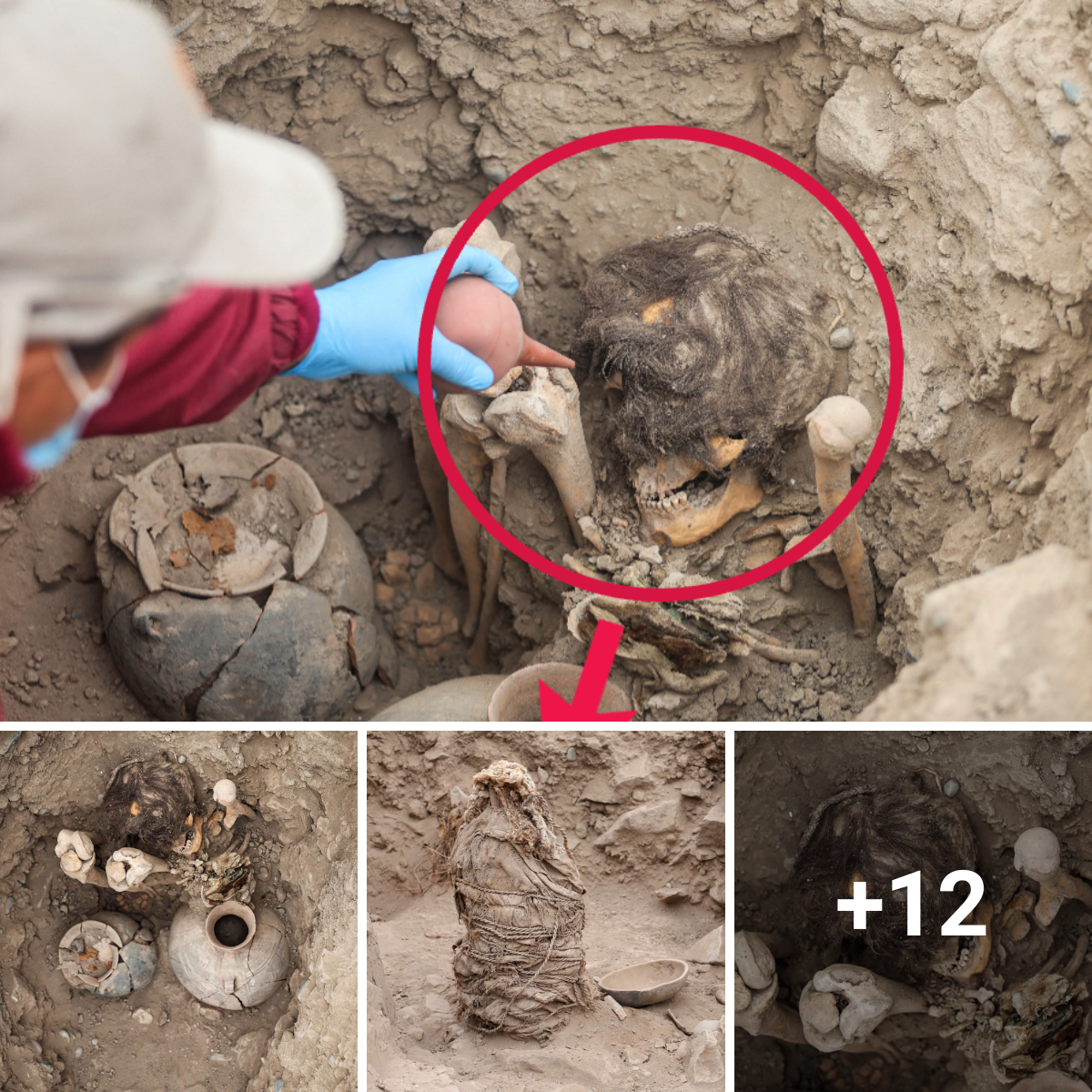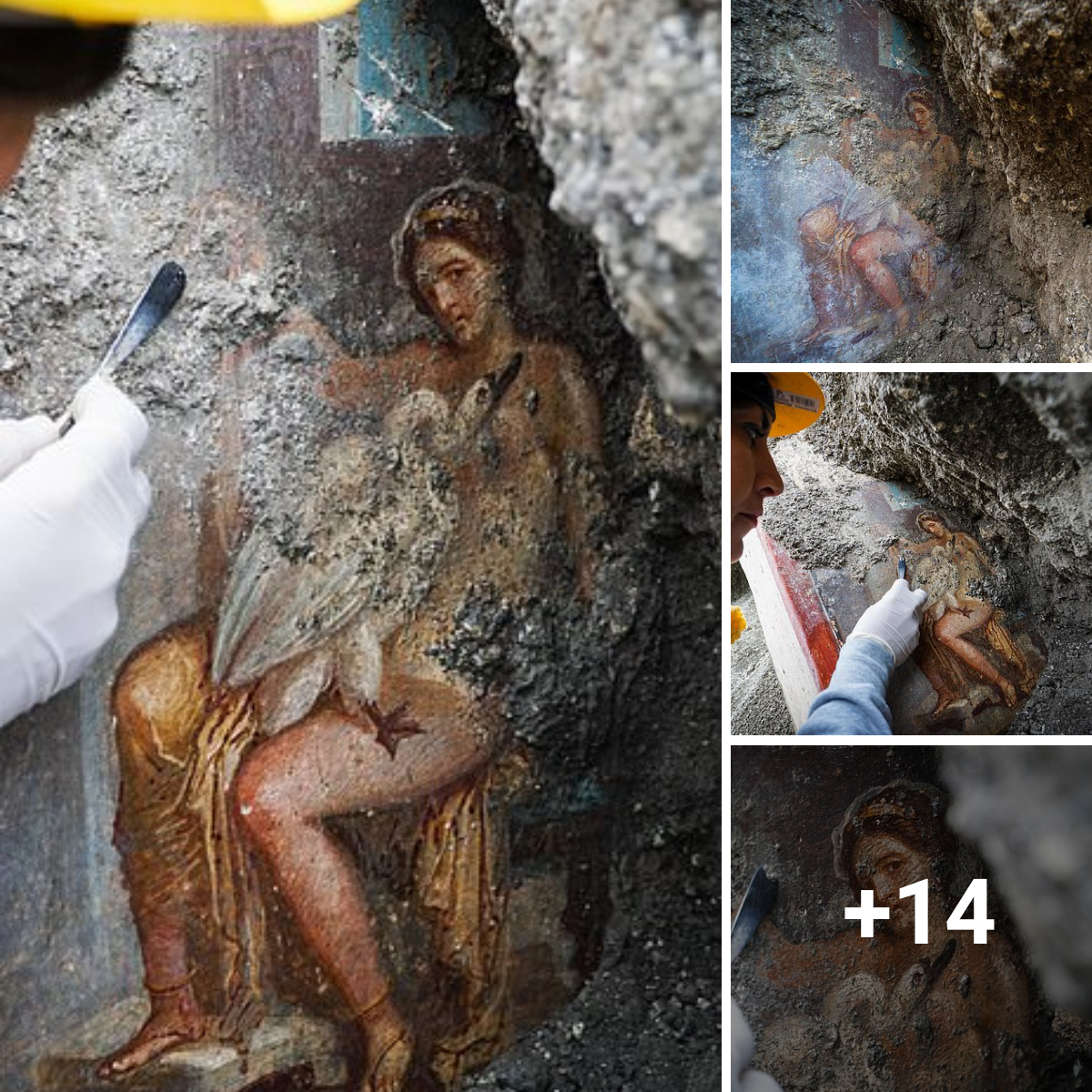The tranquil town of Villedieu-sur-Indre in central France has become the focus of significant archaeological interest as an Inrap team is uncovering some fascinating horse burial pits. The burials were discovered when preparing for construction work. They have brought to light intriguing burial practices that may date back to the Gallic Wars.

Remains of the Roman Empire
The excavation site has revealed artifacts and structures from the end of the 5th and 6th centuries AD, including buildings, pits, ditches, and pathways from the early Middle Ages. However, the most compelling finds are nine pits containing horse remains, radiocarbon-dated to the late Gallic period to early Roman antiquity (100 BC to 100 AD), reports INRAP.

View of horse burial pit that has been cleared by archaeologists. (© Hamid Azmoun/INRAP)
Among the horse pits, two have been fully excavated so far. The first pit, containing ten horses, showcases a remarkable arrangement. The horses, lying on their right sides with heads oriented south, were meticulously placed in two rows and two levels, indicating a simultaneous and rapid burial after death. Archaeozoological analysis shows that these were small horses, about 1.2 meters (approximately 4 feet) high at the withers (shoulder), typical of Gallic livestock. All the horses were male and over four years old. The second pit, smaller in size, contains two horses of the same type.
More Than Horses
In addition to the horse pits, another pit holds the remains of two medium-sized adult dogs, one of which was male. The dogs were laid on their left sides, with heads pointing west, in a manner suggesting deliberate placement similar to the horses.
Although excavation of the other pits is ongoing, visible skulls and hip bones suggest that a total of 28 horses have been identified so far. This discovery raises intriguing questions about the purpose and context of these burials.

Excavation of 28 horses like these has taken place. (© Hamid Azmoun/INRAP)
Sickness, Battles, or Sacrifices?
Several hypotheses have been proposed to explain these burials. An epidemic or epizootic event affecting livestock seems unlikely due to the absence of young animals and mares among the remains. The exact cause of death—whether accidental or intentional—remains undetermined.
These carefully arranged horse burials evoke memories of previous Inrap discoveries in Auvergne, at Gallic sites in the Gergovie plain, specifically Gondola and l’Enfer.
At Gondola, a pit contained eight riders and their horses, while l’Enfer revealed 53 horses in five pits. Similar to Villedieu-sur-Indre, these sites are situated near oppida (fortified settlements), and the horse pits contained no accompanying artifacts or structures.

Given the geographic proximity of these sites to oppida (fortified Iron Age settlement) some scholars suggest a connection to battles of the Gallic War. The mass burial of adult male horses at Villedieu-sur-Indre, dating from the end of Gallic independence, supports the idea that these burials could be linked to historical conflict, possibly a forgotten battle near Caesar’s Camp before the siege of Avaricum (Bourges). The discovery of Roman sling bullets at Caesar’s Camp lends weight to this hypothesis.

Alternatively, the horses might have been sacrificed as part of a complex ritual. The large number of sacrificed horses would have significantly impacted a herd, indicating the importance of the sacrifice. This theory resonates with the burial practices observed at Gondola, where riders and their horses, buried at the foot of the oppidum, may have been voluntary sacrifices by ‘soldures’—warrior companions of a Celtic king—who killed themselves upon their king’s violent death, as described by Caesar in his Commentaries on the Gallic War.
Reconsidering Ancient Practices
The discoveries at Villedieu-sur-Indre enrich our understanding of ancient religious and funerary practices at the end of the Iron Age and the beginning of the Roman period. These findings, in conjunction with earlier discoveries in Auvergne, prompt a reevaluation of the cultural and ritualistic significance of animal burials in ancient Gallic and Roman societies.
As excavation continues, further analysis of the site and its contents will undoubtedly provide more insights into these enigmatic burials, offering a deeper understanding of the lives, beliefs, and practices of our ancient predecessors.
